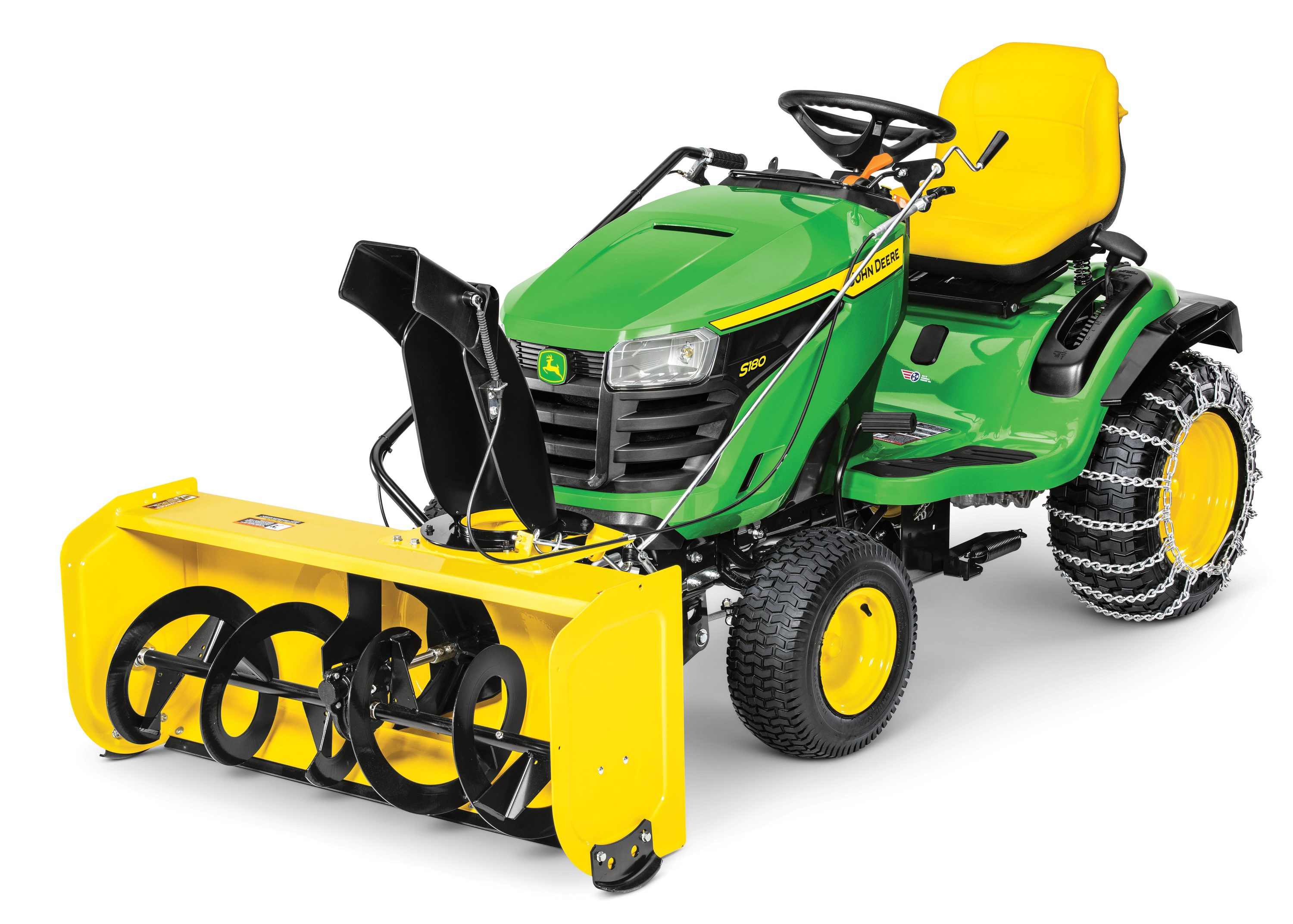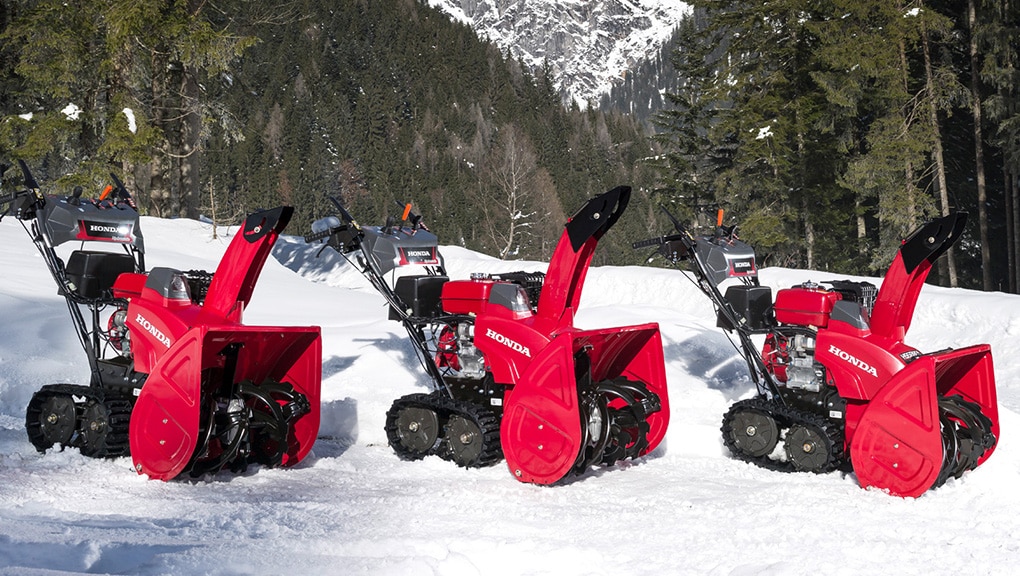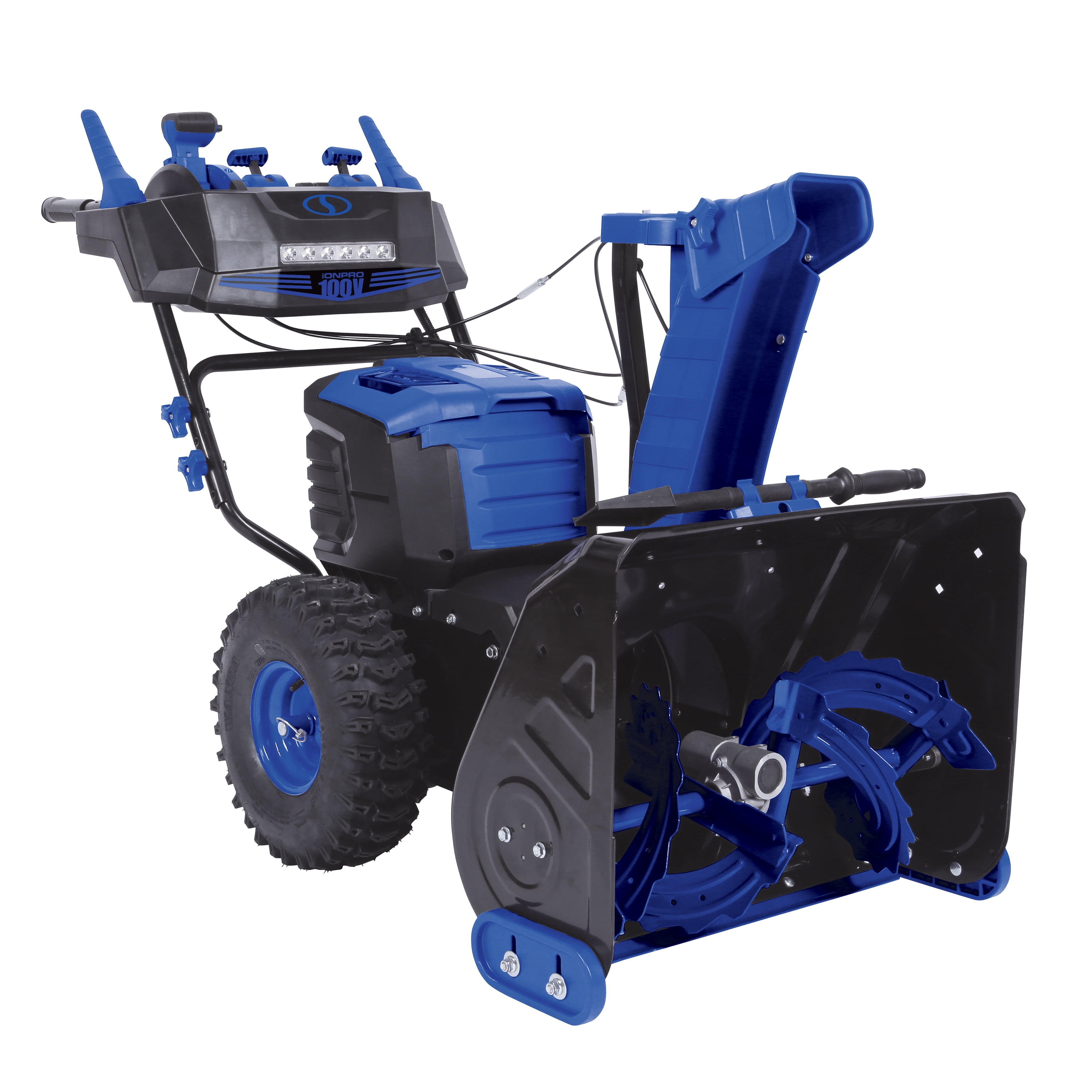Snowblowers For Pickup Trucks: The Ultimate Guide to Mastering Winter’s Wrath pickup.truckstrend.com
As winter blankets our landscapes in a pristine, yet often disruptive, layer of snow, the need for efficient and powerful snow removal becomes paramount. While traditional shoveling and walk-behind snowblowers suffice for smaller residential areas, large driveways, parking lots, and commercial properties demand a more robust solution. Enter the snowblower for pickup trucks – a formidable attachment designed to transform your ordinary truck into a snow-clearing powerhouse. Far more than just a plow, these truck-mounted snowblowers offer unparalleled efficiency, precision, and the ability to handle the deepest, heaviest snow with ease, making them an indispensable tool for homeowners with extensive properties and commercial operators alike.
This comprehensive guide will delve into every aspect of snowblowers for pickup trucks, from understanding their mechanics and benefits to choosing the right model, installation, operation, and maintenance.
Snowblowers For Pickup Trucks: The Ultimate Guide to Mastering Winter’s Wrath
I. Understanding Truck-Mounted Snowblowers: More Than Just a Plow
At first glance, a truck-mounted snowblower might be mistaken for a conventional snowplow. However, their operational principles and capabilities are fundamentally different. A snowplow pushes snow, creating banks that can accumulate and become problematic. A snowblower, conversely, uses an auger system to scoop up snow and an impeller to discharge it through a chute, throwing it clear of the cleared area. This "throwing" action is crucial for handling deep, heavy, or icy snow and for preventing the formation of obstructive snowbanks.
Types of Truck-Mounted Snowblowers:
- Front-Mounted: These are the most common type, attaching to the front of the truck via a custom mounting frame, a front receiver hitch, or a sub-frame.
- PTO-Driven: Utilizes the truck’s Power Take-Off (PTO) system, typically found on commercial or heavy-duty trucks, to power the blower. This offers immense power and reliability.
- Hydraulic-Driven: Powered by the truck’s hydraulic system or a dedicated auxiliary hydraulic pump, these units offer strong performance and smooth operation.
- Auxiliary Engine-Driven: Some models come with their own dedicated gasoline or diesel engine, making them self-contained and suitable for trucks without PTO capabilities.
- Electric-Driven: Less common and typically for lighter-duty applications, these draw power from the truck’s electrical system.

- Rear-Mounted: Less common for pickup trucks, these usually attach to a 3-point hitch (if the truck is equipped, often seen on modified trucks or agricultural vehicles) and are PTO-driven. While effective, they require backing up to clear snow, which can be less efficient for long passes.

Key Components:
- Blower Unit: Comprises the auger(s) (which collect snow) and the impeller (which throws it).
- Mounting System: The frame or hitch system that securely attaches the blower to the truck.
- Power Source: PTO shaft, hydraulic lines, or fuel tank for an auxiliary engine.
- Chute Control: Mechanisms (electric, hydraulic, or manual) to adjust the direction and angle of the snow discharge.

II. Key Benefits of Utilizing a Pickup Truck Snowblower
The advantages of investing in a truck-mounted snowblower are substantial, particularly for those with significant snow removal needs.
- Exceptional Efficiency & Speed: Truck-mounted blowers cover vast areas in a fraction of the time compared to walk-behind units or shoveling. Their wide clearing paths and powerful engines allow for rapid removal of snow from long driveways, parking lots, and commercial properties.
- Superior Snow Handling: Unlike plows that struggle with deep, heavy, or wet snow, a two- or three-stage snowblower can effortlessly cut through dense drifts and icy accumulations, throwing them far away from the cleared surface. This eliminates unsightly and obstructive snowbanks.
- Versatility and Cleanliness: By throwing snow, these units leave behind a clean, clear surface, reducing the risk of ice formation from packed snow. Many models feature quick-attach/detach systems, allowing the truck to be used for other purposes when not clearing snow.
- Reduced Physical Strain: Operating a truck-mounted snowblower significantly reduces the physical exertion associated with manual shoveling or even maneuvering a heavy walk-behind blower. You’re comfortable inside your truck’s cab, often with heated seats!
- Professional Results: For commercial snow removal services, a truck-mounted snowblower delivers a professional finish that impresses clients and ensures pathways and lots are safe and fully accessible.
III. Choosing the Right Snowblower for Your Pickup Truck: Key Considerations
Selecting the perfect snowblower for your pickup truck requires careful consideration of both your truck’s capabilities and your specific snow removal needs.
Truck Compatibility: The Foundation
This is the most critical factor. An improperly matched blower can damage your truck or be ineffective.
- Gross Vehicle Weight Rating (GVWR): Ensure your truck’s GVWR can safely accommodate the weight of the snowblower plus any potential snow load it might carry or push.
- Front Axle Weight Rating (FAWR): For front-mounted units, the FAWR is crucial. The weight of the blower, especially when filled with snow, puts significant stress on the front axle. Overloading can lead to safety issues and premature wear.
- Frame Strength: The truck’s frame must be robust enough to handle the mounting system and the forces exerted during snow blowing. Some heavy-duty blowers may require frame reinforcement.
- Power Source Availability: Does your truck have a PTO (Power Take-Off) unit? If not, you’ll need to consider auxiliary engine-driven or hydraulic units, which may require additional installation of a hydraulic pump.
- Electrical System: For electric chute controls or auxiliary lighting, ensure your truck’s electrical system can handle the draw.
Snowblower Specifications: Matching to Your Needs
- Clearing Width: Ranges typically from 72 inches to over 100 inches. Choose a width that matches the size of the areas you’ll be clearing and your truck’s width.
- Throwing Distance: How far can the blower throw snow? This is vital for wide areas where snow needs to be cleared far from the path.
- Engine Horsepower (for self-powered units) / PTO HP Requirement: Ensure sufficient power to handle the type and volume of snow you expect. More horsepower means more effective clearing of deep, wet snow.
- Auger Type: Most are two-stage (auger feeds snow to impeller). Some heavy-duty models are three-stage, adding an accelerator auger for even better performance in tough conditions.
- Chute Control: Electric or hydraulic controls offer convenient adjustments from the cab, while manual controls require exiting the vehicle.
- Construction Quality: Look for heavy-gauge steel, durable components, and a robust finish to withstand harsh winter conditions and prolonged use.
Intended Use and Budget: Commercial vs. Residential
- Residential Use: For large properties, a mid-range, often auxiliary engine-driven or hydraulic unit, might suffice. Prioritize ease of use and maintenance.
- Commercial Use: For professional snow removal, invest in heavy-duty, PTO-driven units that can withstand continuous, demanding use. Consider durability, uptime, and parts availability.
- Budget: Prices vary significantly. Factor in the purchase price, installation costs, and ongoing maintenance.
IV. Installation and Operation: A Step-by-Step Guide
While specific instructions will vary by manufacturer, here’s a general overview of installation and operation.
Installation
Professional installation is highly recommended, especially for PTO or hydraulic systems, to ensure proper alignment, secure mounting, and safe operation.
- Mounting System: A custom sub-frame or heavy-duty front receiver hitch is typically installed onto the truck’s frame. This provides a robust attachment point.
- Blower Attachment: The snowblower unit is then attached to the mounting system. Many modern systems are designed for quick connect/disconnect.
- Power Connection:
- PTO: A PTO shaft connects the truck’s PTO output to the blower’s input.
- Hydraulic: Hydraulic lines connect the blower’s hydraulic motor to the truck’s hydraulic system or an auxiliary pump.
- Auxiliary Engine: No truck connection needed beyond secure mounting.
- Control Wiring: Electrical wiring for chute control, lights, and safety features is routed into the truck’s cab.
Pre-Operation Checklist
Before each use, perform a quick inspection:
- Secure Attachment: Ensure the blower is securely mounted to the truck.
- Clearance: Check for any obstructions around the augers or impeller.
- Fluid Levels: For auxiliary engine units, check oil and fuel. For hydraulic units, check hydraulic fluid.
- Shear Pins: Inspect shear pins and have spares readily available.
- Tire Pressure: Ensure proper tire pressure for optimal traction.
Operation Techniques
- Consistent Speed: Drive at a steady, appropriate speed to allow the blower to process snow effectively without bogging down.
- Chute Direction: Adjust the chute to throw snow away from buildings, vehicles, and other obstacles. Be mindful of wind direction.
- Overlapping Passes: Make slightly overlapping passes to ensure complete clearing.
- Obstacle Awareness: Be extremely vigilant for hidden obstacles like curbs, rocks, or debris that could damage the auger or impeller.
- Safety First: Always keep bystanders clear of the operating area. Never attempt to clear clogs with your hands while the unit is running.
Post-Operation Care
After clearing snow, raise the blower off the ground, clean off any remaining snow or ice, and perform a quick visual inspection for damage.
V. Maintenance and Longevity Tips
Regular maintenance is key to ensuring your truck-mounted snowblower remains reliable and performs optimally for years.
- Inspect Shear Pins: These small, sacrificial pins are designed to break if the auger hits an immovable object, protecting the transmission and engine. Replace them immediately if they break.
- Lubrication: Grease all moving parts, including auger bearings, chute rotation mechanisms, and any drive chains or sprockets, according to the manufacturer’s recommendations.
- Belt and Chain Inspection: Check drive belts for cracks or wear, and chains for proper tension and lubrication.
- Engine Maintenance (Auxiliary Engines): Follow the engine manufacturer’s guidelines for oil changes, spark plug replacement, air filter cleaning, and fuel system maintenance.
- Rust Prevention: Clean and dry the blower after each use. Touch up any chipped paint to prevent rust, especially on the auger and impeller housing.
- Off-Season Storage: Store the blower in a dry, covered area. For auxiliary engines, stabilize fuel and ensure proper winterization procedures are followed. Lubricate all exposed metal parts.
VI. Challenges and Solutions
While highly effective, truck-mounted snowblowers do present certain considerations:
- Initial Cost: These are significant investments.
- Solution: For commercial operations, consider the strong ROI. For residential users, weigh the cost against the time saved, physical effort avoided, and professional results. Financing options are often available.
- Weight and Truck Stress: The heavy weight can strain the truck’s suspension and frame.
- Solution: Ensure your truck’s GVWR and FAWR are adequate. Consider suspension upgrades like air springs or heavy-duty shocks, especially if you regularly carry heavy loads.
- Visibility: The blower can obstruct forward visibility.
- Solution: Practice, use auxiliary lighting, and rely on mirrors. Some units are designed with better sightlines.
- Maneuverability: Operating a truck with a large front attachment requires practice, especially in tight spaces.
- Solution: Take time to practice in an open area. Be aware of your increased turning radius and overall length.
- Finding the Right Model/Dealer: The market offers many options, making choice difficult.
- Solution: Research thoroughly, read reviews, consult with reputable dealers who specialize in truck attachments, and seek advice from experienced operators.
Price Table: Estimated Costs for Snowblowers For Pickup Trucks
Please note that these are estimated price ranges and can vary significantly based on brand, features, power source, installation costs, and dealer pricing.
| Type/Category | Power Source | Typical Clearing Width | Estimated Price Range (USD) | Key Features / Notes |
|---|---|---|---|---|
| Light-Duty Residential | Auxiliary Engine | 60 – 72 inches | $4,000 – $8,000 | Ideal for large driveways; often skid-steer style, lighter. |
| Mid-Range Commercial | Auxiliary Engine | 72 – 84 inches | $8,000 – $15,000 | More robust, higher HP, better for small-to-mid commercial lots. |
| Heavy-Duty Commercial | Hydraulic-Driven | 84 – 96 inches | $15,000 – $25,000 | Requires truck hydraulics or auxiliary pump; powerful, smooth. |
| Professional Grade | PTO-Driven | 96 – 120+ inches | $20,000 – $45,000+ | Requires PTO on truck; most powerful, highest capacity; for large-scale operations. |
| Installation Costs | N/A | N/A | $500 – $3,000+ | Varies based on complexity (PTO, hydraulics, custom mounts). |
(Prices are for the snowblower unit only, unless specified. Installation, additional truck modifications, and accessories are extra.)
Frequently Asked Questions (FAQ)
Q1: Can I install a snowblower on any pickup truck?
A1: Not all trucks are suitable. Compatibility depends on your truck’s GVWR, FAWR, frame strength, and whether it has (or can be fitted with) a PTO, auxiliary hydraulic system, or can handle the weight of an engine-driven unit. Consult the snowblower manufacturer’s specifications and your truck’s owner’s manual.
Q2: What’s the difference between a snowblower and a snowplow for a truck?
A2: A snowplow pushes snow, creating banks. A snowblower scoops snow with an auger and expels it through a chute, throwing it clear of the area. Blowers are superior for deep, heavy, or icy snow and for preventing snow accumulation.
Q3: Are truck-mounted snowblowers hard to operate?
A3: Operating them requires practice, but they are generally less physically demanding than walk-behind units. You control it from the comfort of your truck’s cab. Familiarity with your truck’s dimensions and the blower’s controls is key.
Q4: How much maintenance do they require?
A4: They require regular maintenance, similar to any heavy machinery. This includes checking shear pins, lubricating moving parts, inspecting belts/chains, and performing engine maintenance (if applicable). Proper off-season storage is also crucial.
Q5: Can I use it for commercial purposes?
A5: Absolutely. Truck-mounted snowblowers are highly favored by commercial snow removal businesses due to their efficiency, power, and ability to clear large areas quickly and effectively.
Q6: What’s a PTO, and why is it important?
A6: PTO stands for Power Take-Off. It’s a mechanical coupling on a truck’s transmission that allows external equipment (like a snowblower) to draw power directly from the truck’s engine. PTO-driven blowers are typically the most powerful and reliable, as they utilize the truck’s full engine capacity.
Conclusion
Snowblowers for pickup trucks represent the pinnacle of snow removal technology for large-scale applications. They offer an unmatched combination of power, efficiency, and convenience, transforming the arduous task of snow clearing into a manageable and even satisfying endeavor. While the initial investment is significant, the long-term benefits in terms of time saved, reduced physical strain, and professional results often far outweigh the cost, especially for commercial operators or those with expansive properties. By carefully considering your truck’s capabilities, your specific needs, and committing to proper operation and maintenance, a truck-mounted snowblower can become your most valuable ally in conquering winter’s harshest challenges, ensuring clear paths and peace of mind all season long.
